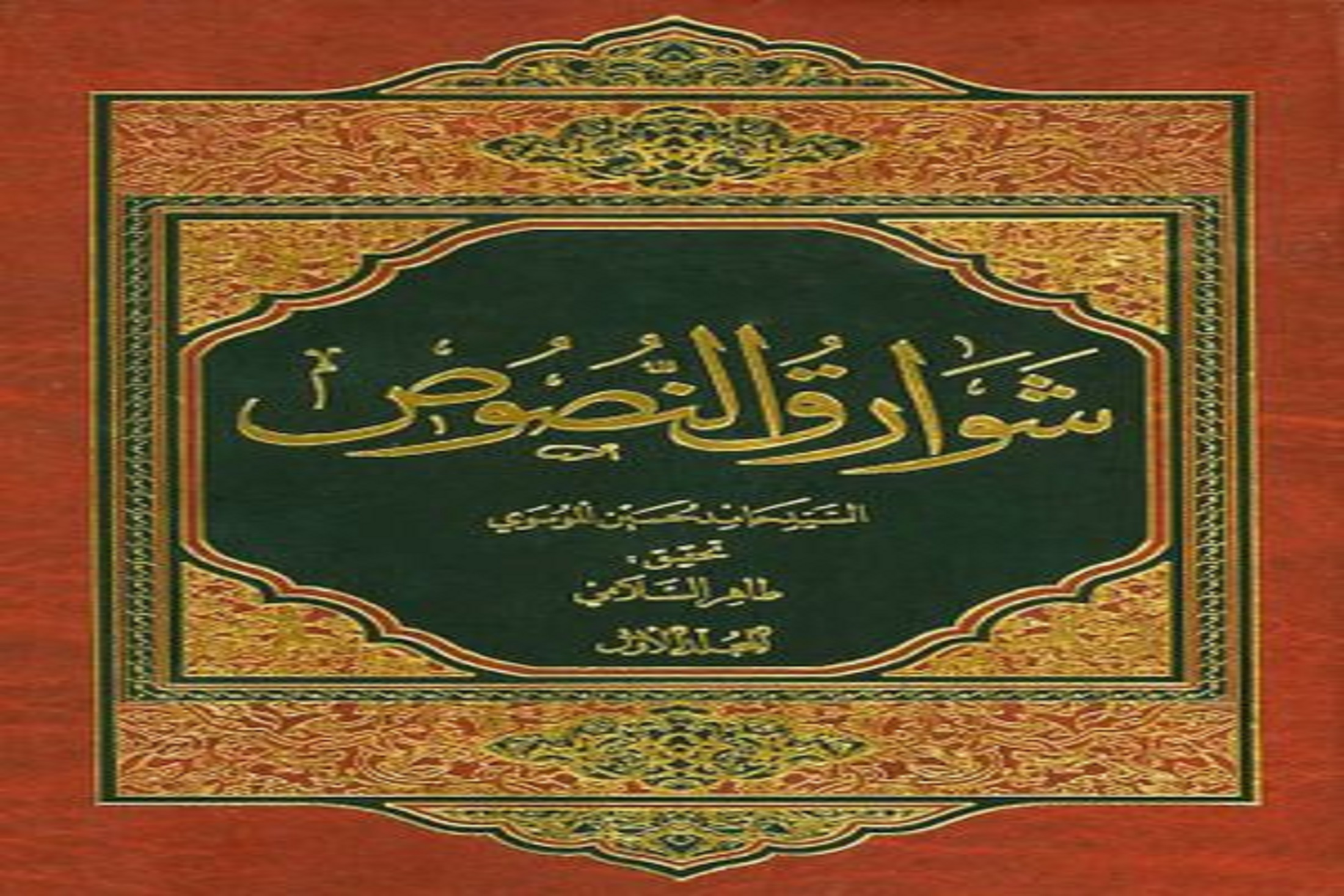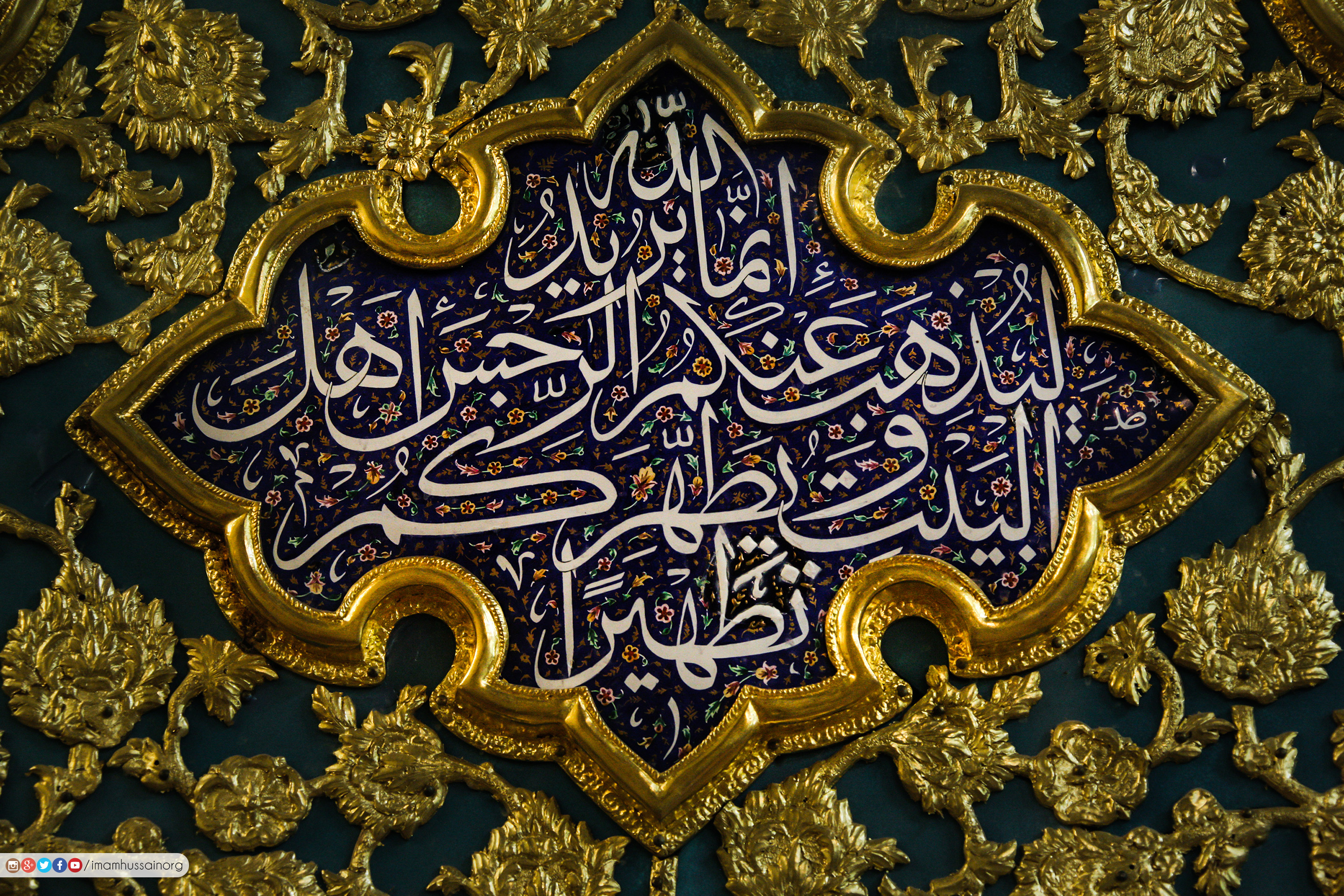Introduction to the Book ‘Shawaariq al-Nusoos Fi Takzeebe Fazaail al-Lusoos’ ( Part I)
In the field of Islamic teaching and beliefs, after the Holy Quran, traditions of the holy infallibles (a.s.) hold the highest position and no Muslim can deny their importance. Since traditions are in the form of words, actions, behavior and acts of worship, they play an important role in the social and personal lives of the people. Therefore, in the field of Islamic beliefs and sciences, narration of traditions is considered to be a very sensitive subject and it is possible that what is considered to be a part of the tradition may not be a part of religion. There is a possibility of propagating non-Islamic or alien concepts and beliefs which may lead to the Muslim nation bearing its consequences.
No Muslim can deny that after the martyrdom of the Holy Prophet (s.a.w.a.), for many years, there was a ban on narrating traditions. During the reigns of the first and second rulers, there were traditions fabricated, stories forged and fables manufactured and this scam reached its peak in the era of Muawiyah b. Abi Sufyan. In order to prove the religious legitimacy of his rule, to propogate his views and to praise his group, there were traditions forged which appeared similar to the traditions of the Holy Prophet (s.a.w.a.). Traditions from the Holy Prophet (s.a.w.a.) regarding the superiority and merits of the Ahle Bait (a.s.) were attributed to those who stood against the Ahle Bait (a.s.). Particularly astonishing was the large scale ‘theft’ of reports concerning the superiority and merits of Ameerul Momineen – Ali b. Abi Talib (a.s.), with his rivals and adversaries being the beneficiaries of these stolen reports.
But the scholars and thinkers who recognized the path of truth from that of falsehood and those who differentiate between the correct and fabricated traditions considered Quran and the life of the Holy Prophet (s.a.w.a.) as the standard, analyzed the traditions and the narrators based on their history, content and classified them into reliable and non-reliable and separated darkness from light, guidance from misguidance, friend from foe, truth from falsehood and proved that the followers of the Gate of the City of Knowledge cannot be kept in darkness by false propagandas.
Illustrious scholars have taken great pains in this field and made things very clear for us. Today, neither can anyone deceive us nor can they put us in doubts regarding the superiority of the Ahle Bait (a.s.). This is because we very well recognize Allah’s friends from His enemies and are aware of the characters of both. Merits are not achieved because of high status, rather high status is achieved because of merits. How can a person who does not have any personal merit receive high status from Allah? One can be attributed with various merits by the people, elevated to the status of prophethood or even divinity but none of these will be of any use. Just as in the case of the early years of Islam, so-called Muslims attributed many merits to their leaders, distorted traditions, attributed inappropriate things to the Holy Prophet (s.a.w.a.) so that falsehood can be presented as truth to the world. But some Sunni scholars like like Ibne Jauzi, Suyuti and Ibne Araq have exposed this scandal, but could not completely purify themselves from prejudice against Shias and Shiaism.
The book ‘Shawaariq al-Nusoos’
In this field of research if there is one scholar who has exposed falsehood with complete transparency, documented proofs and finest details, the warrior in the field of research and writing, a champion in the science of debate, the enlivener of religion, the proof of truth over truth, the majestic scholar, the voice of the jurists, Ayatullah Sayyid Hamid Husain Musawi Hindi who by writing a great and lofty book like Shawaariq al-Nusoos fi Takzeebe Fazaail al-Lusoos has done a great obligation on the followers of truth.
The book was first published by the efforts of the great researcher Tahir Salami in two volumes having 906 pages, decorated with jewels under the publication of Manshooraat-e-Daleel-e-Ma, Matba Nigaarish, Qum.
Mashaariq is the plural of the word SH-R-Q which means clear and evident.
Nusoos is the plural of the word N-S-S which means proofs.
Lusoos is the plural of L-S-S which means false proofs in the fabricated merits of thieves.
To understand the loftiness of this book, the statement of its author is sufficient, due to which the status of this book is elevated. When Allamah Mir Hamid Husain Hindi comments about the loftiness of a thing or a person then we can understand its value.
He says, “When lies, defamation and accusations reached their peak, I decided to write such a rare book on this subject which has never been written.”
In the preface of this book, he has mentioned the complete name of the book as ‘Shawaariq al-Nusoos fi Takzeebe Fazaail al-Lusoos’ and arranged it in six chapters with a conclusion.
The contents of the current edition of the book are:
Chapter 1 – Regarding the fabricated merits of the first ‘caliph’
Chapter 2 – Regarding the fabricated merits of the second ‘caliph’
Chapter 3 – Regarding the combined fabricated merits of the two ‘caliphs’ with apt replies to each of them and the book ends with these discussions
The researcher of the book says that I could not find any clue regarding the other chapters of the book. Certainly the original copy of this lofty book seems to have been lost from the Nasiriyyah library in Lucknow, else we would have had more information about it. The book referred for research is the alternate copy which is present in the library of Ayatullah Marashi Najafi (r.a.). In India, through the documents available from Iran Culture House, information was culled on the author’s lineage, date of compilation of books, along with his other hand written works including Mashaariq al-Nusoos. It is evident from this list that the author had introduced the following chapters in his book:
- The fabricated merits of Abu Bakr
- The fabricated merits of Umar
- The fabricated merits of Usman
- The fabricated combined merits of the first two ‘caliphs’
- The fabricated merits of all three ‘caliphs’
- The fabricated merits of Muawiyah, Ayesha and other companions
- The fabricated traditions in condemnation of the Rawaafiz
Continued in part II …..



